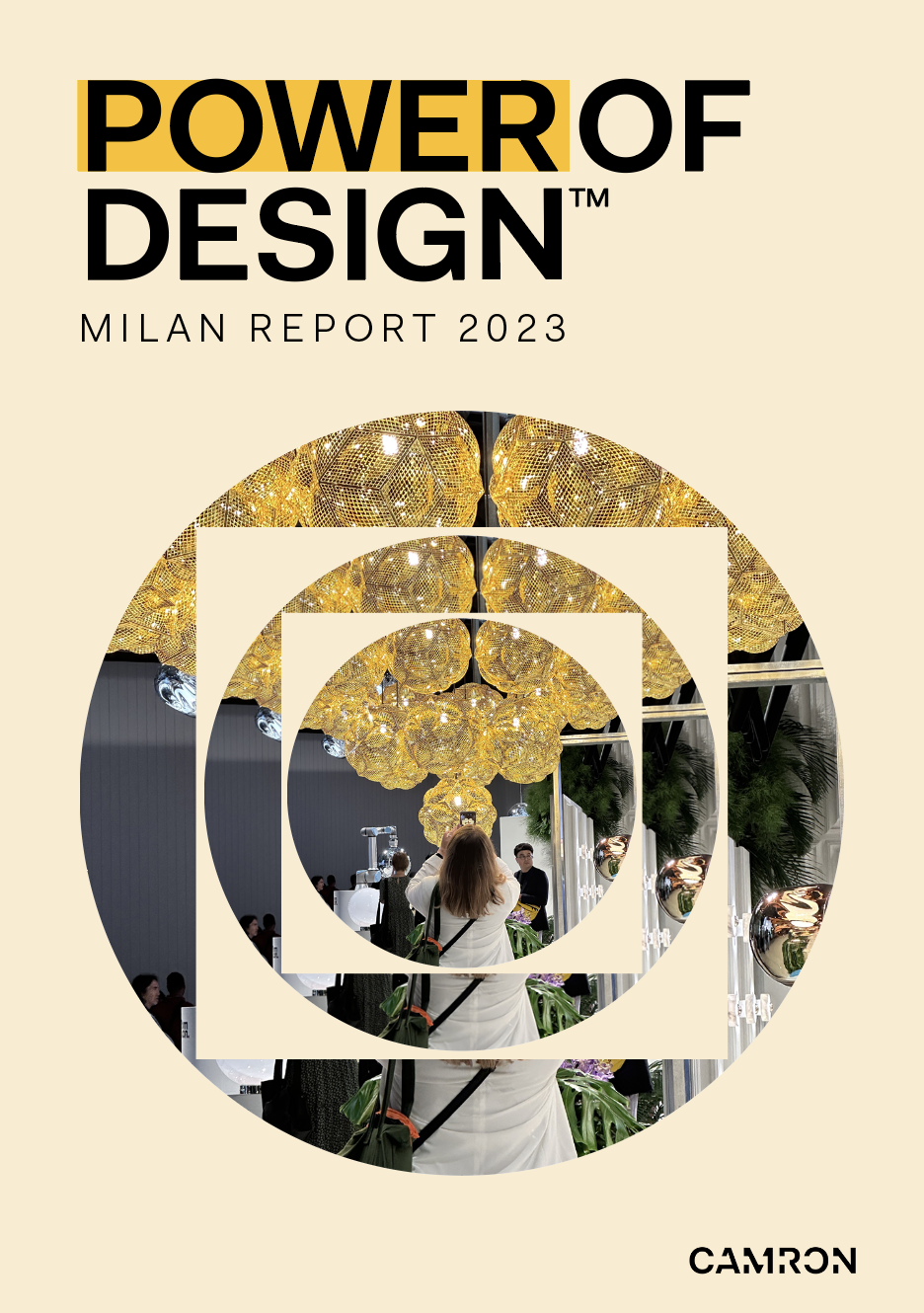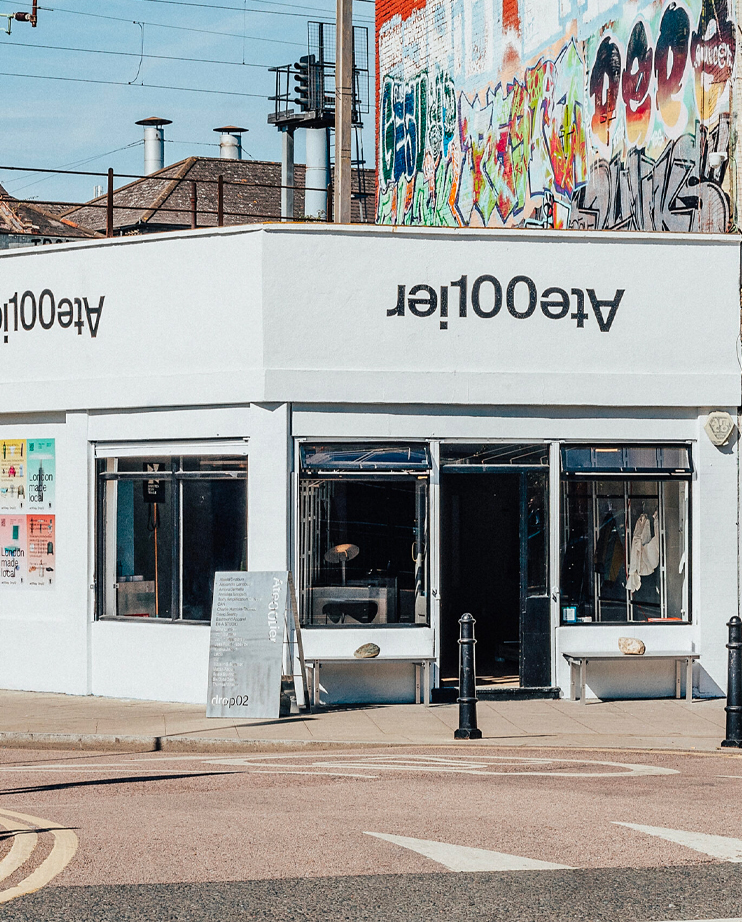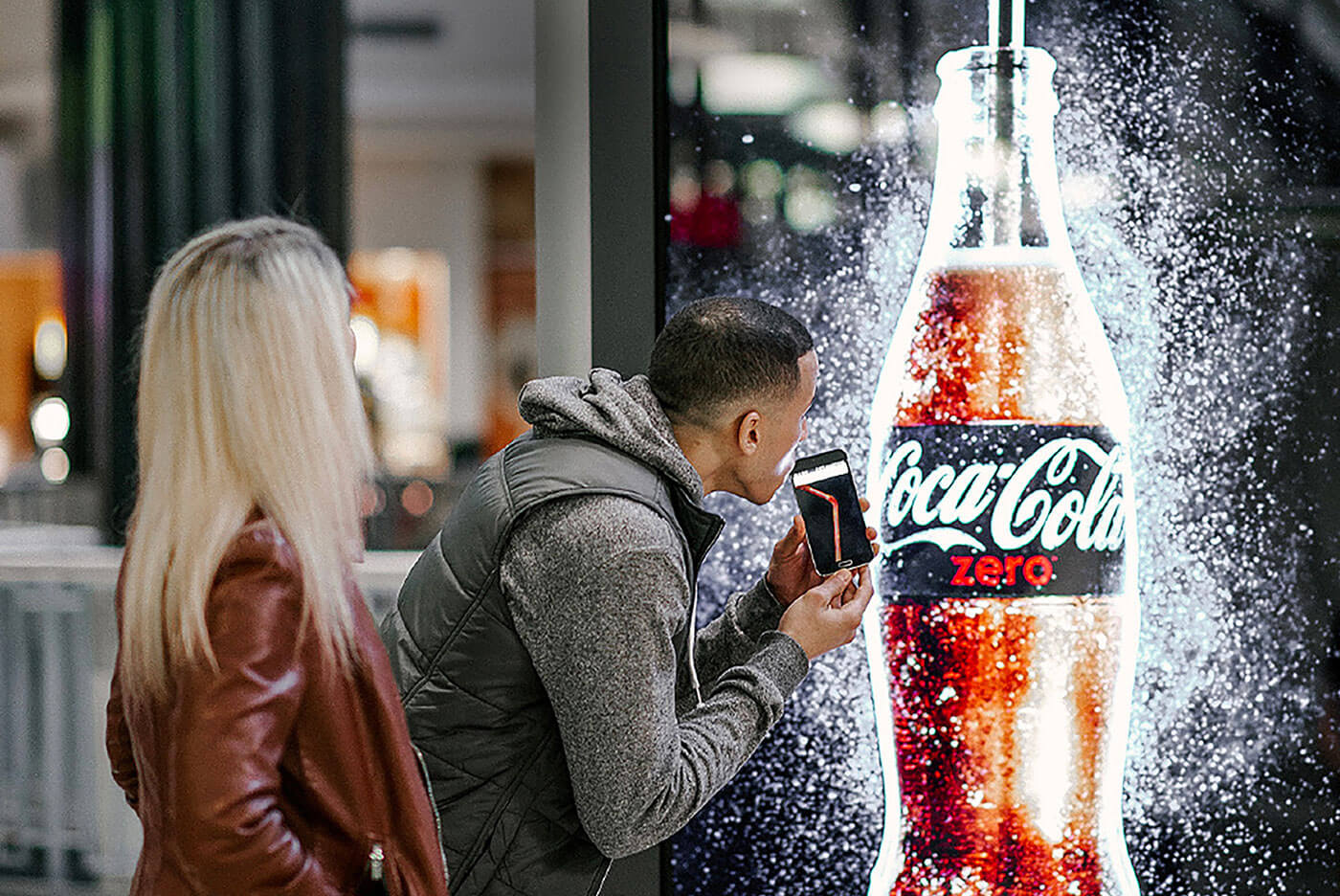David Austin sat down with Contagious Magazine to discuss how the luxury sector continues to…
The importance of building a strong design culture as consumers and employees demand to be treated not as data but human beings.


Building a strong design culture has never been more important, as consumers and employees alike demand to be seen, respected and treated not as data but – shock – human beings.
Of all the momentous shifts the world is experiencing right now, the Great Resignation – or The Big Quit as it’s also known – is one of the most unprecedented. With as much as 41% of the global workforce considering resignation and quit rates reaching all time highs – 4.4 million US workers resigned in September alone, what some are putting down to another random quirk of Covid freakonomics, others view as an indication of a whole new work-world order.
The Great Resignation phenomenon is being explained in several different ways. Is it being driven by disgruntled Gen Zs or enlightened home-schooling parents/sourdough bakers/online yoga teachers? Though it’s tempting to blame it on Brexit, the worker shortages and complaints are clearly global in their nature. Another theory is that – when push came to shoved-into-the-shed/spare-room – it triggered an epiphany. People in their millions discovered that although we’ve all been conditioned to love and do anything for our work, maybe our work doesn’t always love us back. Also, life is short and work is too often – in the grander scheme of things – pretty meaningless.
For those thinking it’s only low-skilled labour this affects, think again. According to WeTransfer’s annual Ideas Report – one of the largest studies about the creative workforce there is – 45% of global creatives are thinking of changing their jobs in the next six months. “Creatives who are thinking of switching jobs are 36% more likely to feel squeezed financially, 32% more likely to feel their work/life balance is off, and 50% less likely to feel connected to the people they work with.” What *is* clear, is that brands are going to have to work much, much harder to attract and retain employees.
Coincidentally – or not – another headline the business media has seen a great deal of since the start of this fateful decade would posit the exact same thing but substituting the word ‘customers’ for ‘employees’. Between Gen Z, cancel culture, the Black Lives Matter movement, and a huge push for radical transparency when it comes to sustainability, sexual and gender equality, brand policy and action, consumers are voting with their wallets as well as their time. “Gen Z doesn’t want to save the world,” confirms WeTransfer’s report. “They want brands to take the lead in fighting for a more sustainable future. Gen Z is experiencing more mental health issues, feelings of isolation, and financial troubles than other age groups. They don’t want to clean up the mess older generations made on top of all that.”
The situation may be multi-layered and heinously complex, but the obvious way forward lies in investing in human relationships: empathy, integrity, trust and compassion. Put plainly, brands must design new ways of doing business. As Mark Curtis, head of global innovation and thought leadership at Accenture Interactive puts it, “The choices that businesses make next might affect our world and its structure in more ways than we can imagine, and it all points to shifts in people’s relationships — with colleagues, brands, society, places and with those they care about. There are challenging times ahead, but also great opportunities for businesses to stitch together positive relationships to create a fabric of life that is good for people, society and the planet.”
As companies look to deliver value and relevance to their customers, employees and society, creating a strong design culture has never been more important. McKinsey put it well in its 2015 report ‘Building a Design Driven Culture’ when it said empathy is a real-world business need. “Using empathy to put customers, clients, and end users at the centre of the problem-solving equation is the foundation of design thinking. With this focus, design becomes a tool for change, capable of transforming the way companies do business, hire talent, compete, and build their brand.”
Bradford Shellhammer is VP, buyer experience, at eBay, and tellingly responds to our questions just before he heads to Brazil for sabbatical (just “another awesome thing eBay does for its employees with tenure!”). Shellhammer believes technology and tech companies have upped the bar. “There’s so many ways to disrupt via design. Industries that haven’t recognised that must evolve.”
The issue with design, says Shellhammer, is the word. “It means everything, and nothing as a result. Anyone selling anything, providing a platform or service, that’s all some sort of design. I think of the brands I personally love like Jeep, Spotify and Ikea and they’re very much design brands. At eBay, everything we do is about design. Our product development process, which is what I lead for buyers, is one deeply rooted in research, design and AB testing culture. We are essentially a design company.” What does that mean? “To have the customer first and foremost at the centre of every decision. Design for the sake of design is silly. Design tasked with solving your customer’s problems, delighting them, making their lives easier: that’s the magic.”

Bradford Shellhammer
The rising individualism underlined by a “me over we” mentality has big implications for brands – in how they lead their employees as well as how they nurture company-customer relationships. How? “Listen to them,” says Shellhammer. “At eBay we are so close to both our customers and potential consumers. This connection, via surveys, social media monitoring, research reviews, feature survey, etc. helps drive our hypotheses about strategy or branding or a new feature to launch. And listening is not enough. You have to act on what they tell you or else you lose trust. And that can be a death blow.” Personalisation is also enormously important to the brand, with more than a billion items for sale on eBay, understanding and leveraging the data that provides has great opportunity. “Imagine what Spotify is to music, unlocking nostalgia and helping music lovers find their passions, eBay’s opportunity is similar for things like fashion, collectibles, home goods and design, cars and motors, etc. It’s quite possibly the most exciting personalisation project in ecommerce.”

In his roles across design and brand at Nike, including Chief Marketing Officer, Greg Hoffman was recognized for his transformative leadership. Fundamental to his approach is empathy. “It’s a trait that, if exercised consistently, can allow for gaining a greater understanding of the world and people beyond yourself.
Unlocking the creative power of a diverse team means allowing an individual to bring their lived-in experience and life perspective into the professional arena. This means going beyond creating a diverse team by the numbers. As a manager, you need to see, hear and feel the experience of your team members. A greater understanding and awareness on your part will allow for a more empowered team and a world that will benefit from that.”
Hoffman now runs his own brand advisory group, Modern Arena. From Fortune 500 brands and startups to non-profit organisations, design thinking is integral to long term success. “Fostering a working culture where the left and right brains multiply each other will more likely allow you to create and introduce game-changing innovations into the world. The kind of solutions that not only satisfy the rational needs of your audience but the emotional ones too. When risk-taking is incentivised within a brand culture, and you don’t have to ask permission to use your imagination, you unlock big opportunities that you wouldn’t otherwise see. You move from not only designing products but dreams too.”
The move to a design led culture is, for many brands, one that is difficult to quantify, and by extension the investment into human satisfaction can also be difficult to justify. It’s something Denis Dekovic, global creative director at Adidas, understands well. “It takes a lot of conversation and it’s about highlighting the issue or the challenge, offering some solutions,” he says. “Top leadership meetings can be heavily finance focused – we are here for business, there’s an urgency for change.
But when we talk about numbers, we need to connect it to purpose, because if the focus is only on the numbers, we are not going to inspire our own employees to come back to the office to give their 100%. Adidas’s Creator Farm – a progressive design hub in Brooklyn set up in 2017 – was established not simply to create the shoes of the future, but culture itself. To talk to the design team or Adidas aficionados it’s a success in every sense, but “The challenge is explaining the value of it,” says Dekovik. “If you spend 10 million dollars a year on a centre like this you want to know how much comes back. And it’s hard to quantify everything that design does. We absolutely need to do it but I myself have not figured it out yet. How do we talk to finance people in their language about design?”
Other design challenges brands are facing include how to answer the constant pertinent and wide ranging questions of both customers and employees, and how to best look after and care for them, mentally and physically too.
As WeTransfer’s Damien Bradfield puts it: “Control shifted and flexibility became the word of 2021. Companies are going to have to work very hard to create working conditions and working environments that will attract and retain a talent pool requiring complete flexibility.”
If the past two years haven’t already made it abundantly clear, business underestimates the degree of relationship change we are seeing – and the role of design in responding to it – at its peril.




